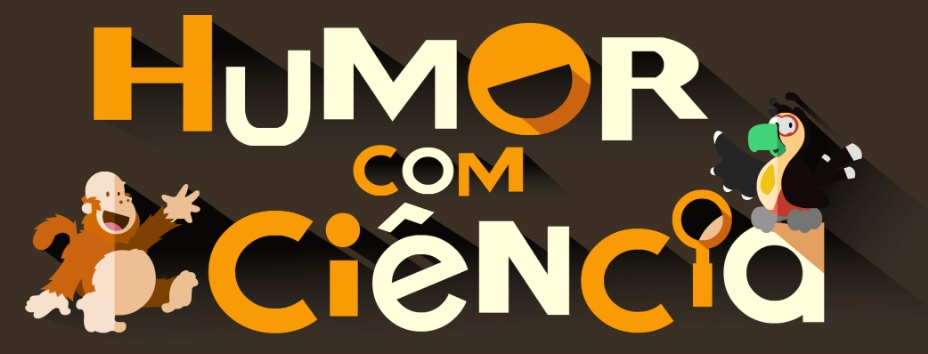
D1AETDBPUGAA
Women wearing traditional attires wait for the subway after taking part in "Las Mayas" festivity in Madrid, Spain, May 8, 2016. "Las Mayas" festival is held annually at the beginning of May to celebrate the awakening of nature in Spring. Young girls are chosen to become "Mayas" and sit on altars decorated with flowers so that people can admire them. The "Mayas" are dressed in traditional costumes, often displaying shawls and a wreath of flowers on their heads. Musicians sing their praises and tell about their beauty while people dance and "Maya" girl assistants request money in exchange for sweets and flowers. After spending a couple of hours sitting still on the altars, the "Mayas" and their assistants carry out a floral offering to the Virgin at San Lorenzo Church. "Las Mayas" tradition is said to have its origins in a pagan ritual dating back to the Roman times, when the earth goddess Maia was worshipped to welcome the arrival of the Spring. The tradition got lost over time, but it returned in the mid-eighties. This year the rain forced the "Mayas" to share an altar indoors, after the ones built on the streets got too wet. Picture taken May 8, 2016. REUTERS/Susana Vera
DC













































































